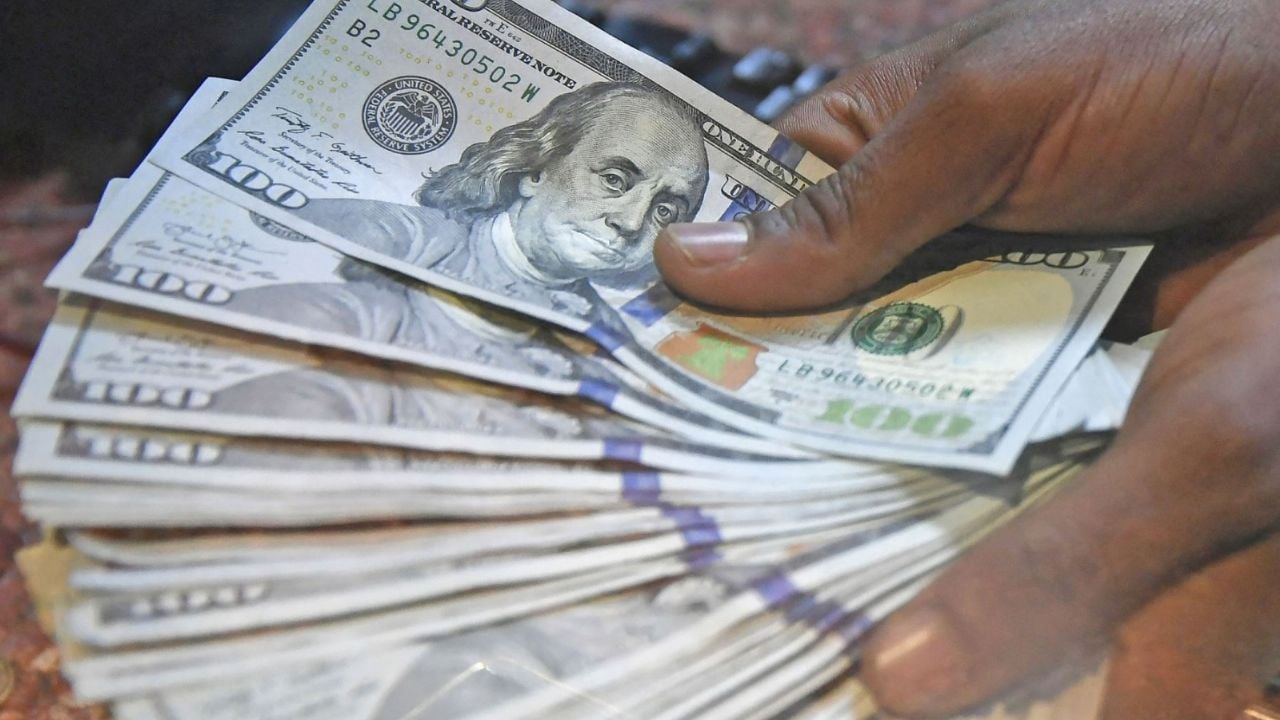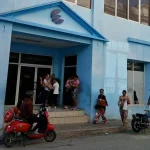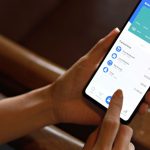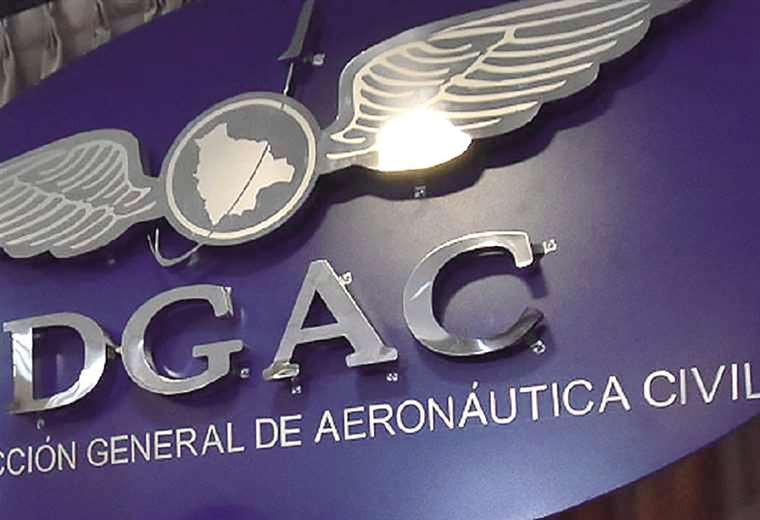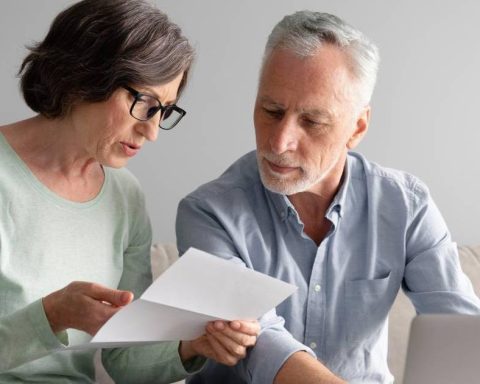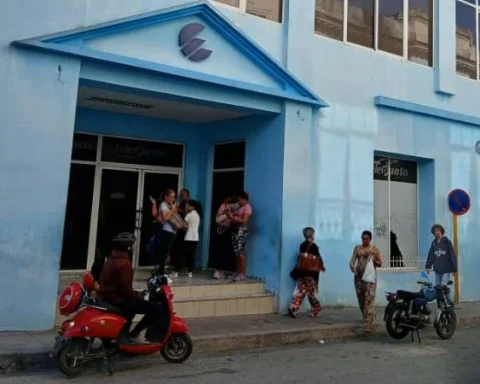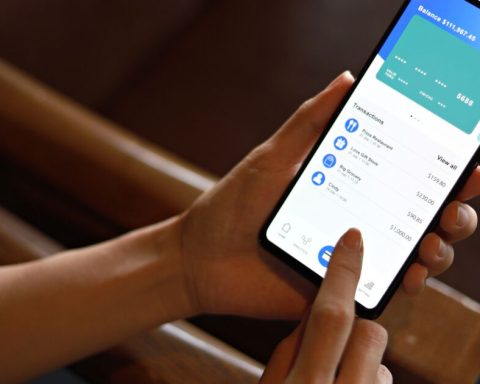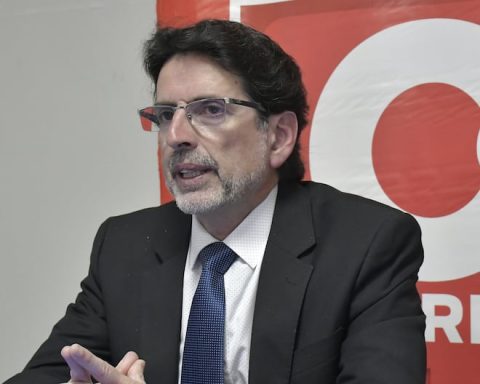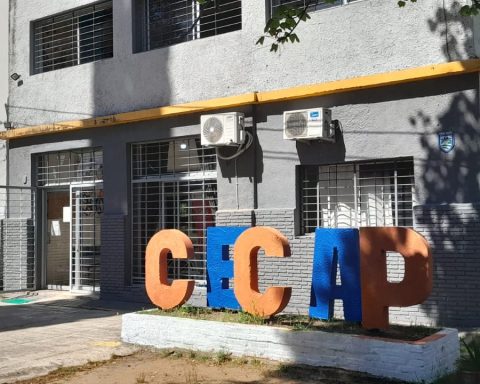He dollar The official exchange rate was quoted on Tuesday at $940.50 for sale and $900.50 for purchase in banking entities. This quote represents the exchange rate established by the Central Bank of the Argentine Republic.
Meanwhile, the dollar The blue dollar, which operates in the parallel market, was quoted at $1,500 for sale and $1,480 for purchase. The gap between the blue dollar and the official dollar was 47.7% in this third week of July.
It is important to note that the blue dollar is an unofficial reference and its price can vary significantly. This Wednesday the dollar blue is quoted at $1385 for purchase and $1405 for sale. In turn, the official dollar is quoted at $901 for purchase and $941 for sale.
In addition to those mentioned, here are other relevant exchange rates: Card Dollar: $1,504. MEP Dollar (Electronic Payment Market): $1,428.77. CCL Dollar (Cash with Settlement): $1,428.29. Crypto Dollar: $1,434.35

Fountain: Dollar Today.
As for the euro, this Tuesday, July 16, it was quoted at $973 for purchase and $1,033 for sale, without taxes, on the screens of the Banco de la Nación Argentina. dollar Solidario is the option to access foreign currency at the official rate in Argentina, with a quota of US$200 per month per person.
However, there are restrictions for certain groups who cannot purchase dollar solidarity. The dollar exchange rate is a crucial issue that affects the country’s economy and finances.The differences between the official and parallel exchange rates generate debates and challenges for economic authorities.

Prices
When the dollar rises, imports become more expensive, as imported products are paid for in dollars. This affects domestic prices, as companies pass on these higher costs to the consumer.
Goods and services that rely on imported inputs (such as technology, medicines or vehicles) may experience price increases due to the depreciation of the local currency against the dollar.
